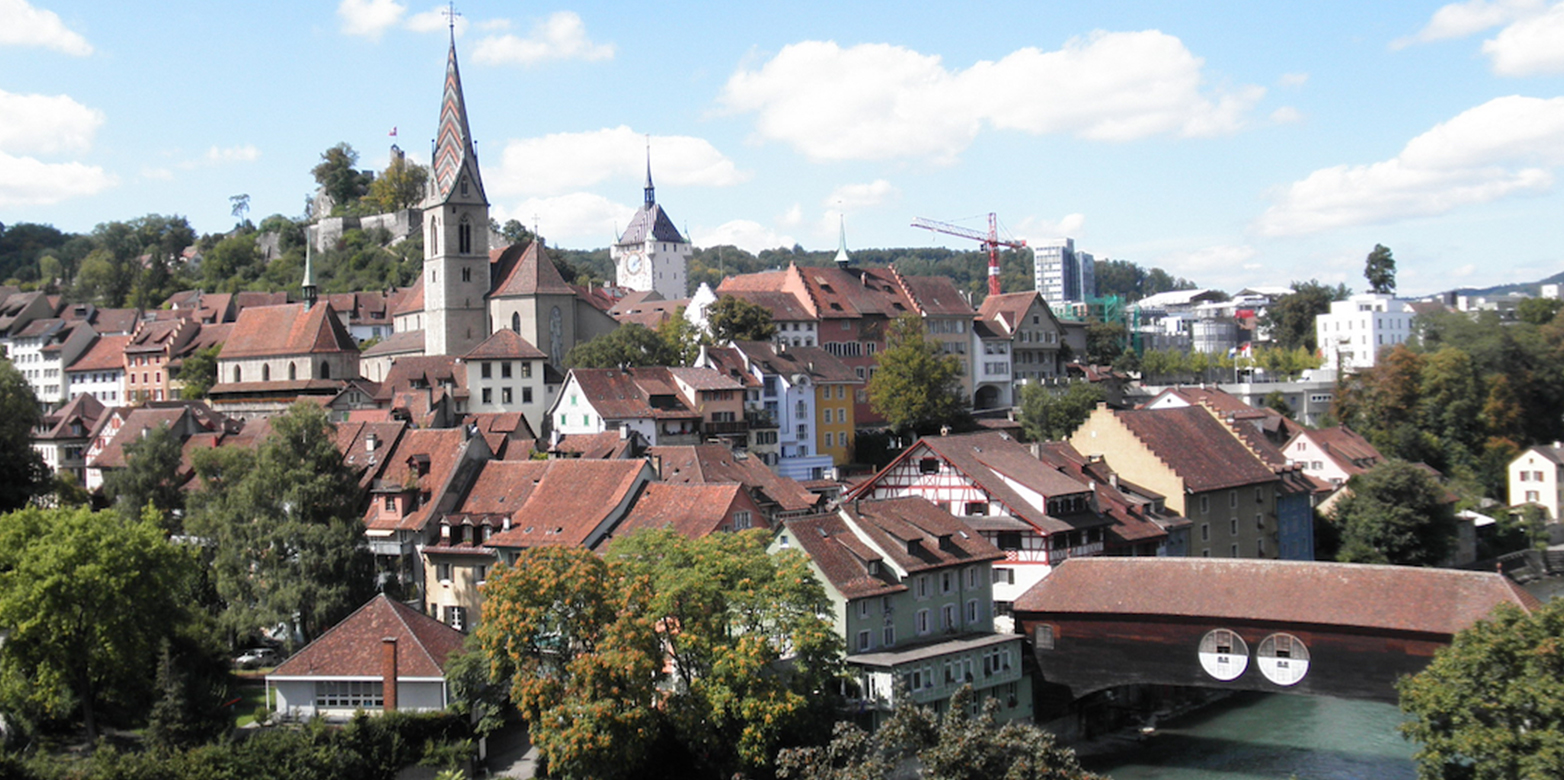How to grow: Planning for sustainable land use’ Investigating urban patterns and projecting theoretical pictures of dynamic planning opportunities

Examination of residential development structures and projecting theoretical illustrations of dynamic planning opportunities
The successful controlling of the dynamics of organised urban and regional complexity in the sense of integrally sustainable land-use and settlement-design planning can only occur with the help of a unified classification and dynamically adjustable standards. In order to develop a reproducible method the ETH Wohnforum – ETH CASE’s know-how in social-scientific urban research is combined with the building- and planning-law expertise of the Professorial Chair of Public Procedural, Constitutional and Administrative Law of the University of Basel.
The current jungle of regulations in normative planning law, the municipal zone-, building- and land-use-planning frameworks, in addition to the protracted processes in design planning, often constitute an obstacle to compact and mixed-use integrally sustainable settlement development. Overcoming these deficiencies requires dynamic standards in terms of if-then schemes of conditional legal norms that can be adapted in a predictable and measurable manner.
Set against this background, the interdisciplinary external page SNF finanzierte Projekt pursues the aim of developing an instrument for integrally sustainable settlement-design planning. It explores mutually interconnected factors in residential patterns using agglomerations in Zurich and Lausanne-Lavaux as case studies, thereby establishing integrally sustainable criteria for an optimal use density and use mix. Based on this, the project formulates a dynamically adjustable legal framework with the capability to respond to changing needs and general conditions. Using the towns of Baden, Wetzikon and Vevey, projections of theoretical scenarios of these integrally sustainable planning potentials are made, designed to assist politicians and planners in their understandings. This integrally sustainable land-use planning transcends local-authority boundaries, and in order to assist in its formulation the interdisciplinary project proposes a replicable method of nationally standardized classification.
According to our findings this is the first approach aimed at resolving the shortcomings in the currently common methods of static zoning, building and use rules by using dynamically adjustable standards of plot-based regulations and fees.
Discussion: "How to grow: Planning for sustainable land use"
Thursday, 29 October 2020
The discussion event at the end of the four-year interdisciplinary SNSF project "How to grow: Planning for holistically sustainable land use" takes a look at settlement structures in Switzerland and focuses on land use in Switzerland. The aim was to develop an instrument for holistically sustainable land use and settlement planning. To the summary
- Lecture: Kurze Wege sind die Zukunft! Vorlesung am Treffpunkt Science City, Oktober 2018, ETH Hönggerberg
- Conference paper: Based on the analysis of ten essential elements: Does Greater Zurich provide Healthy, 10-Minute Neighborhoods?
- Scientific article: Greater Zurich does not use land parsimoniously: despite the spatial planning act, which has been in force since 1980
- Scientific article: Implementation of parsimonious land use in Switzerland